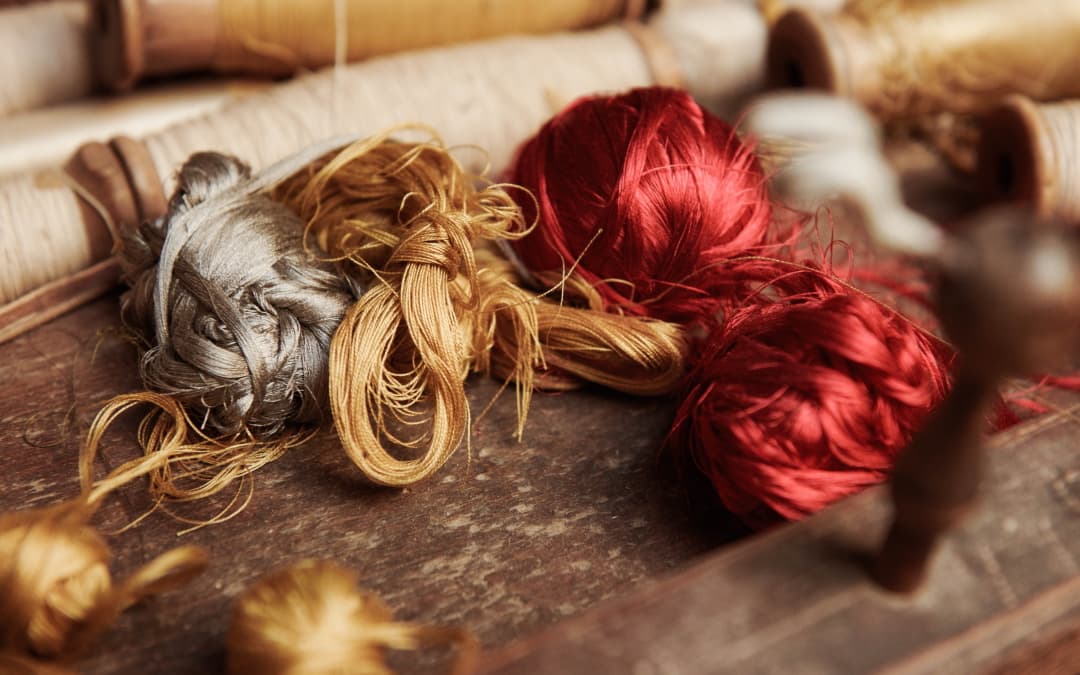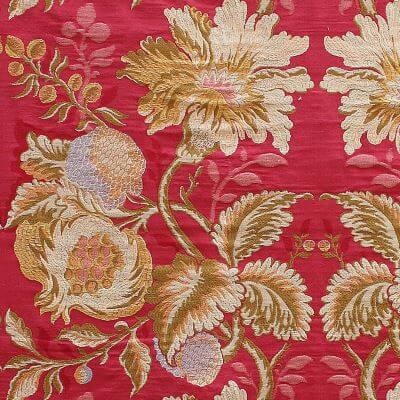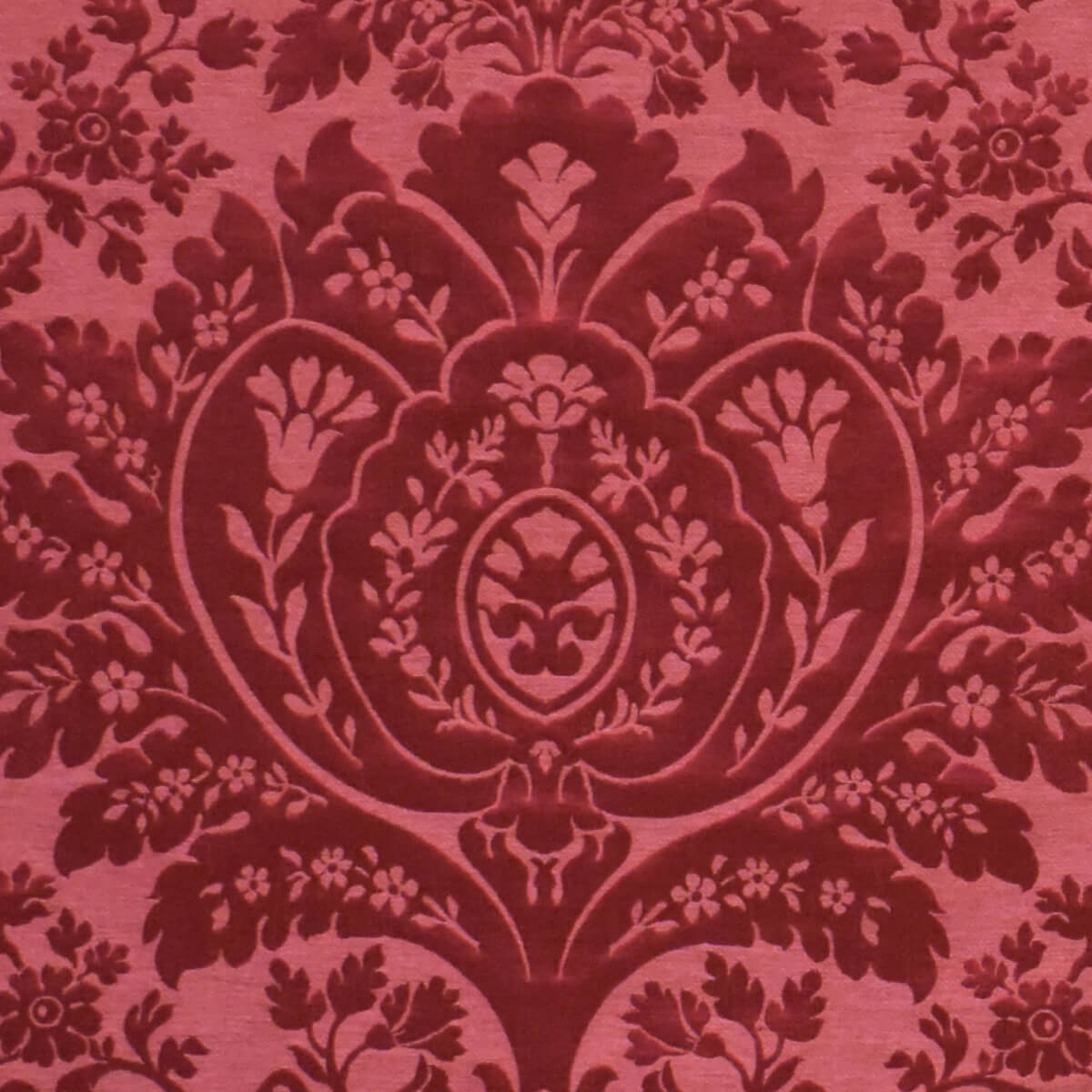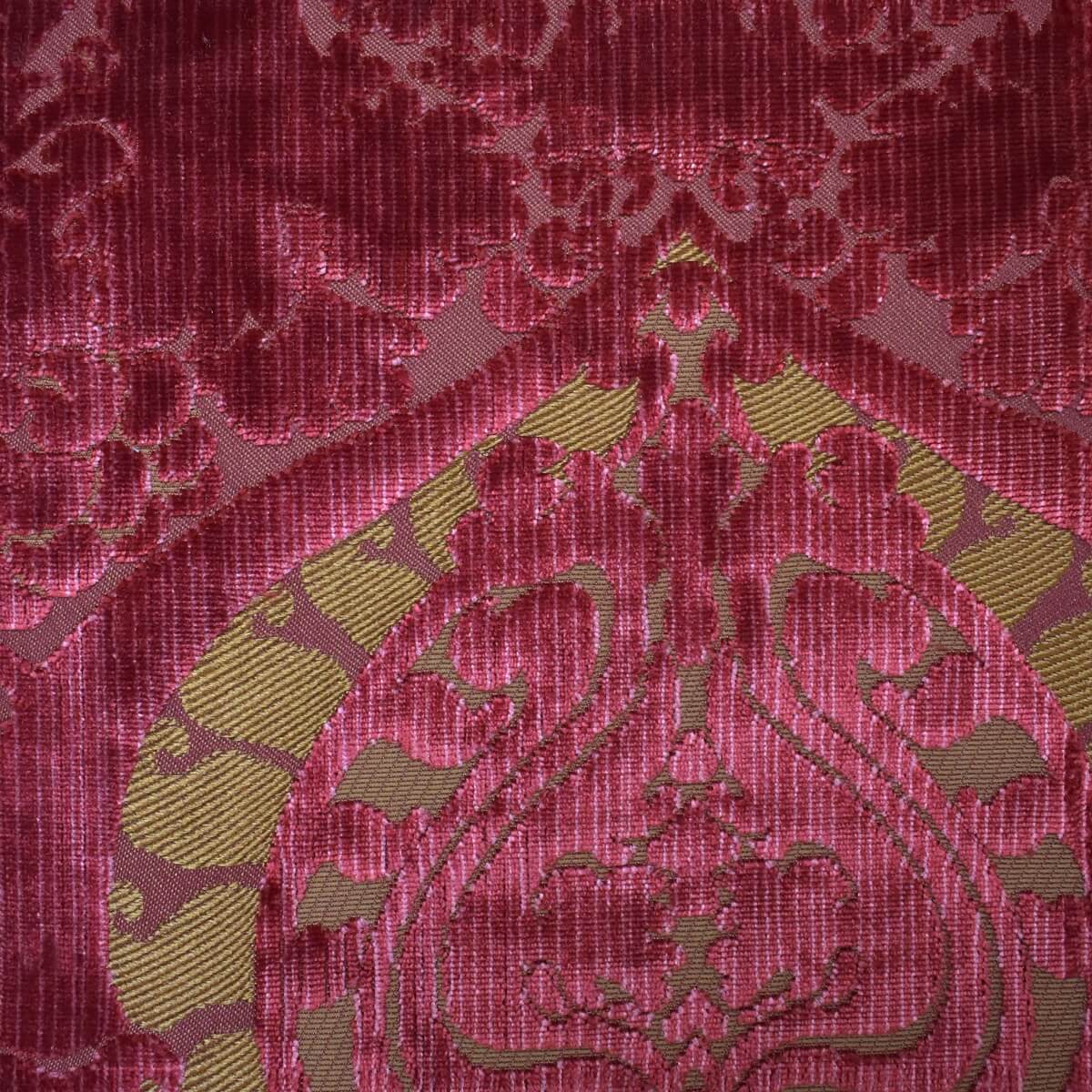Since ancient times people have used dyes of various origins to color fabrics: vegetable, mineral, animal. Initially sourcing it in their surroundings but then giving rise to flourishing dyeing trade: the more precious dyes were those guaranteeing longer-lasting and quality colors. The art of dyeing has developed over the centuries in the East and West and also in Venice, a city with a long textile tradition, has known moments of great splendor. Let’s discover it together.
The Work of Textile Dyers in Venice
The Venetian productive society was rigidly organized into Arts and Crafts Guilds, governed by precise rules collected in the mariegole, their statutes. The knowledge of natural dyestuffs and their use was also the prerogative of a Guild, the Arte dei Tintori, which in the 16th century, when Venice was at the height of its greatness, was reorganized into Arte Maggiore and Arte Minore according to their specialization. The former gathered the dyers of precious silk, who were required to have particular experience and mastery in treating the delicate fiber, while the latter grouped the dyers of wool, cotton and linen.
The highest quality dyeing materials were the monopoly of local production and only those that exceed domestic consumption or those of lesser value were exported. The dyeing procedures were followed and controlled in an almost maniacal way and this guaranteed that Venice had the best fabrics: brocatelles, damasks and velvets, especially appreciated in the famous scarlet red.
Such was its fame that fabrics were also sent from all over Europe to be dyed in the lagoon city. The art was extremely flourishing: there were numerous workshops in the city and they used the water canals to rinse the dyed clothes, which were then hung out to dry in sunny areas, even on the altane, the typical Venetian roof terraces.
The First Treatise of Dyeing Chemistry
In 1560 the first treatise on dyeing chemistry was published in Venice: “Plictho de l’arte de tentori”. It was written by Giovanventura Rosetti, who revealed the secrets of the profession, jealously guarded until then, concerning both the techniques and the recipes of dyestuffs. An important aspect concerns the most used raw materials, which were then combined with other substances:
– for the red, they used the chermes, from which crimson, obtained from a cochineal or “small worm” (from which vermilion) or the dried root of the madder plant;
– for yellow, Spanish broom, saffron or turmeric were used;
– for the shades of blue, the plant of woad;
– for black, the bark of various trees.
Its success was such that it remained the reference text of dyers for centuries, a profession to which honors and respect were attributed so much that even the famous Venetian painter Jacopo Robusti used a pseudonym linked to this art, namely Tintoretto, because his father was a dyer of silk fabrics.
Cover photo credit: Il Tabarro





